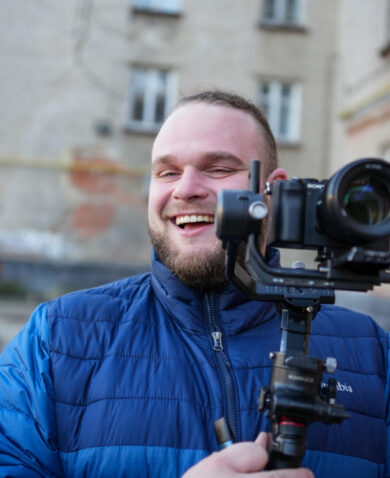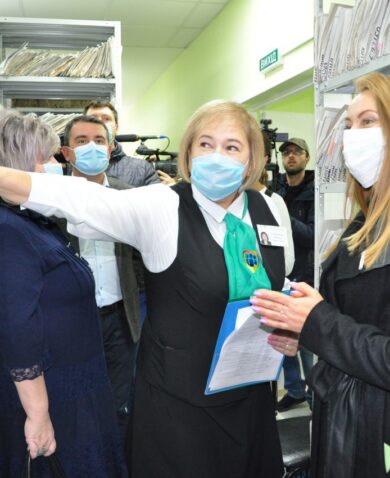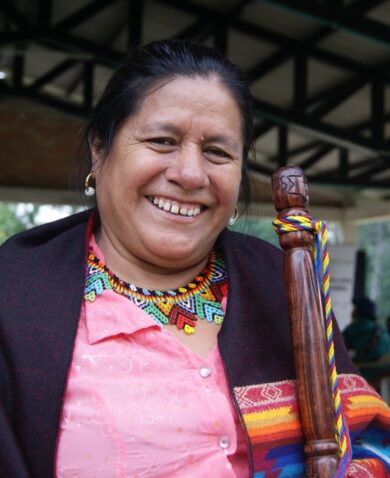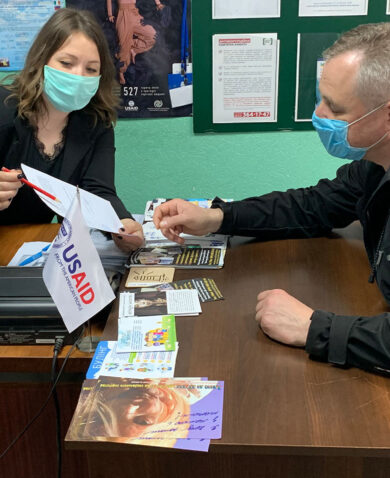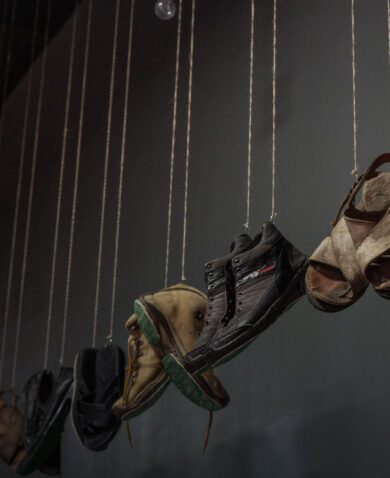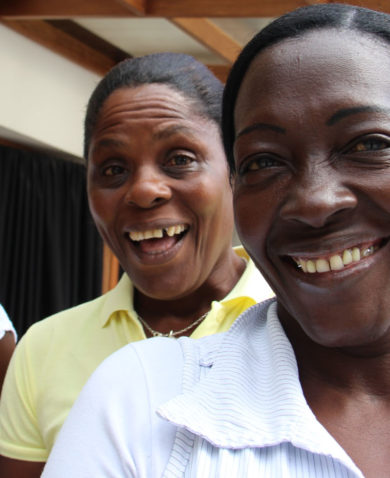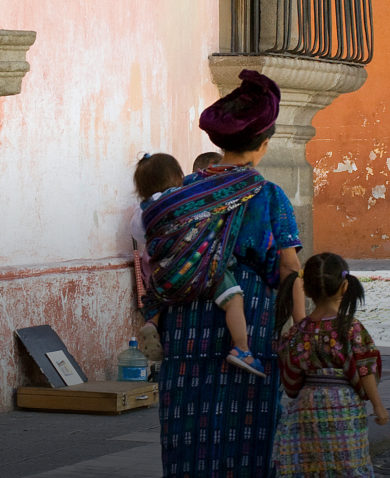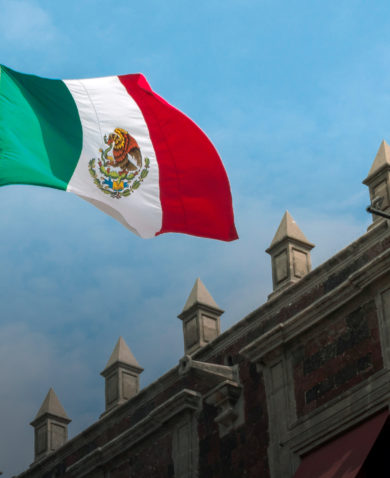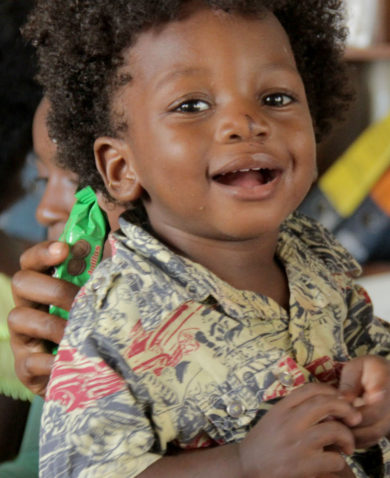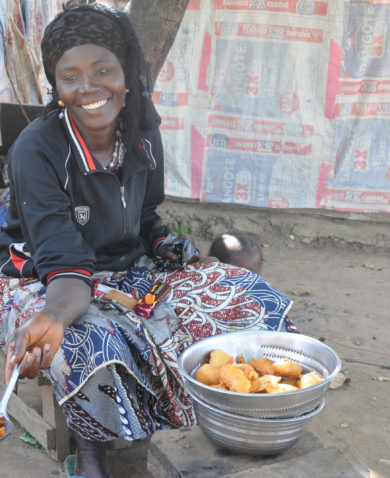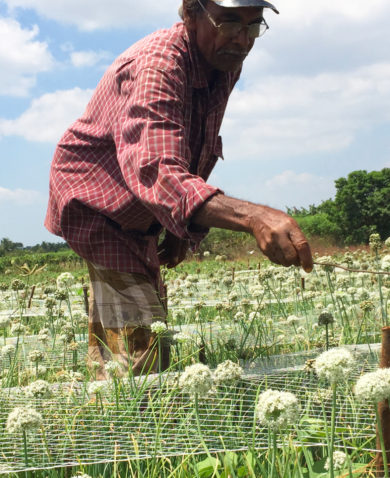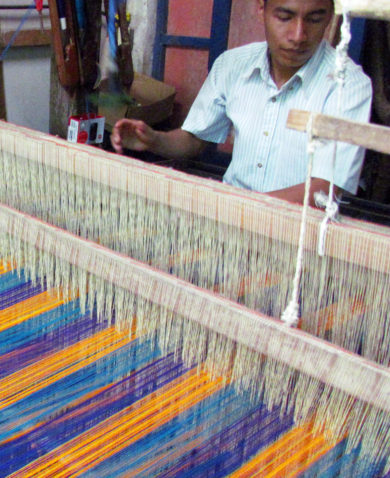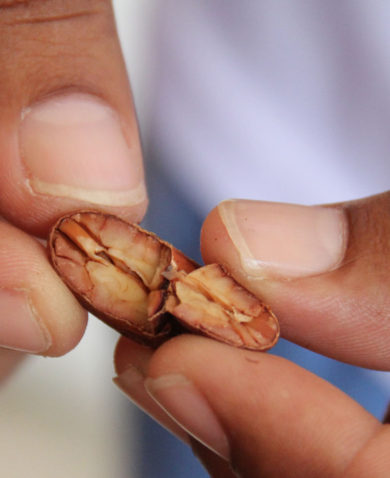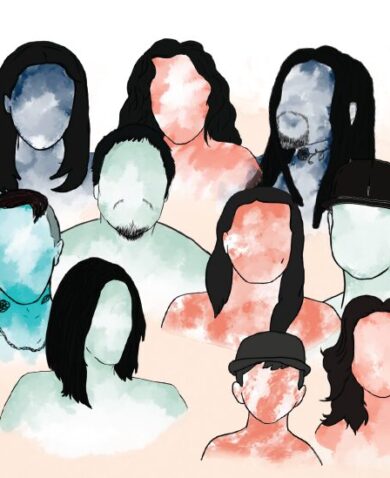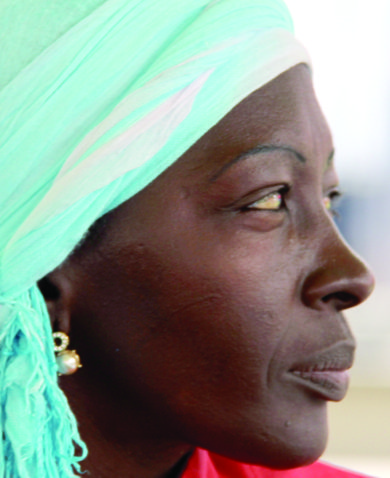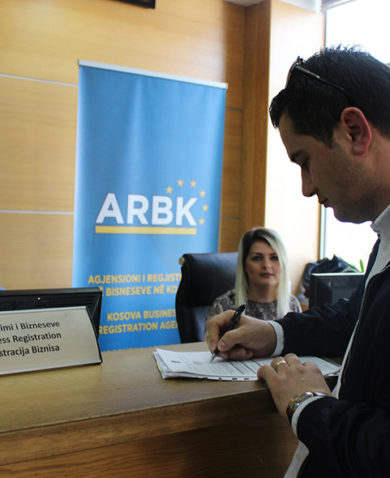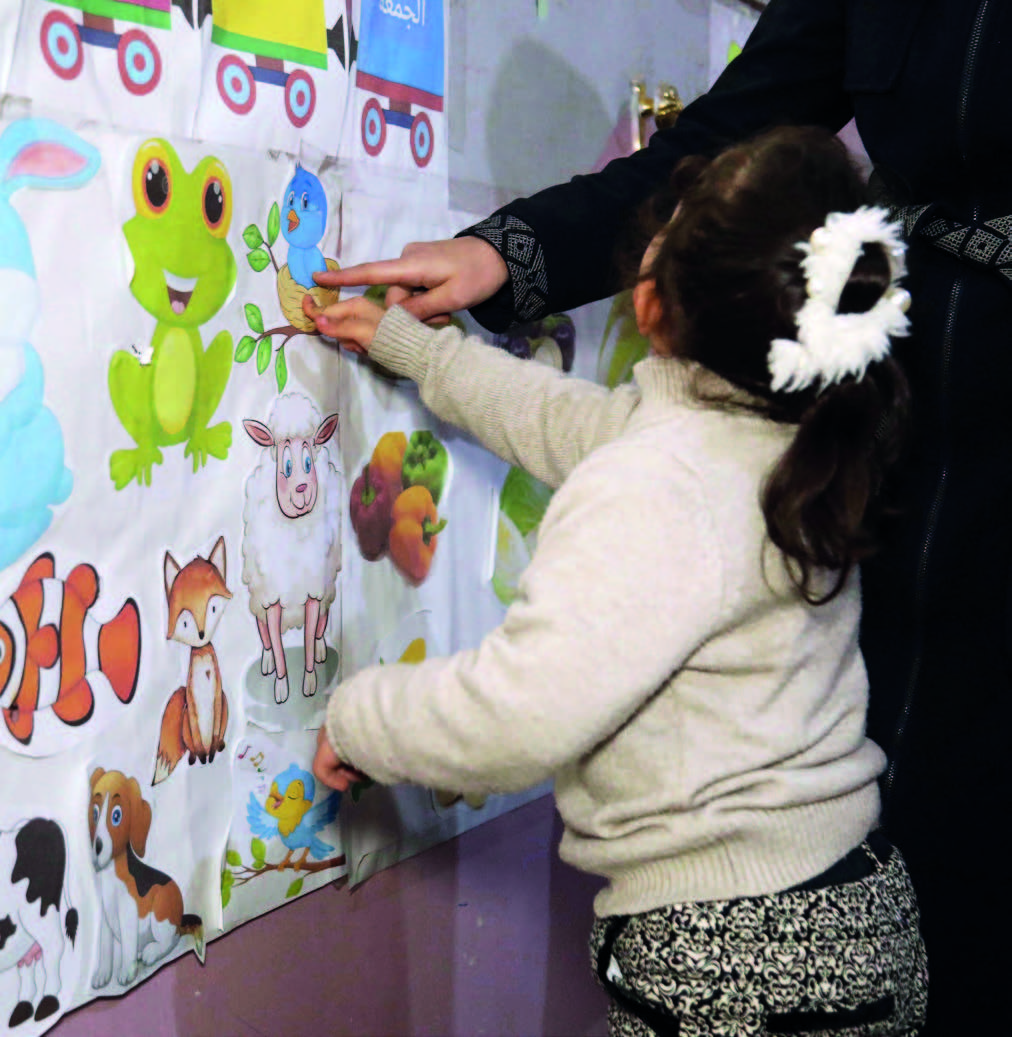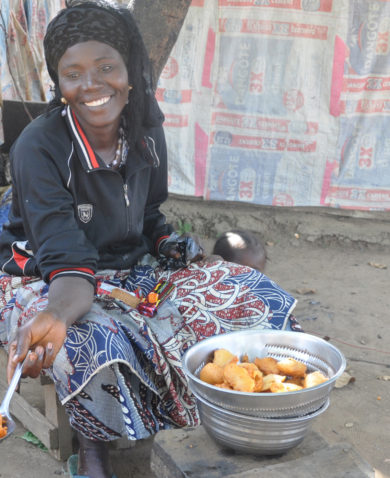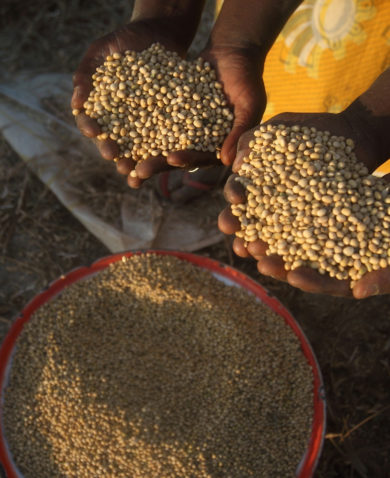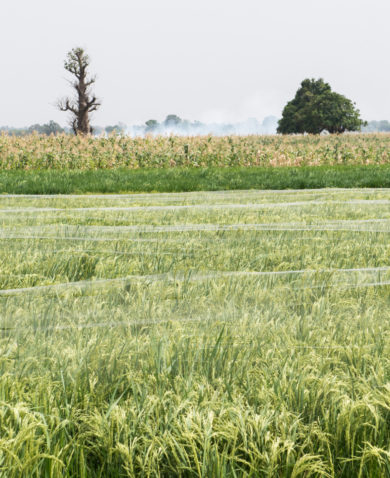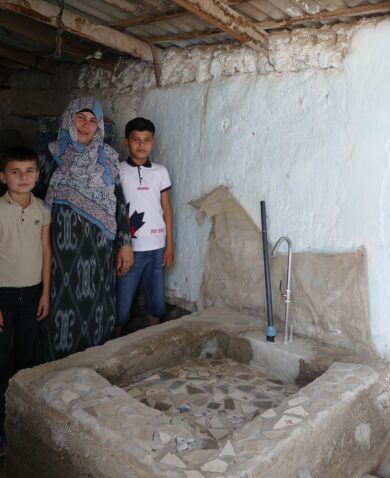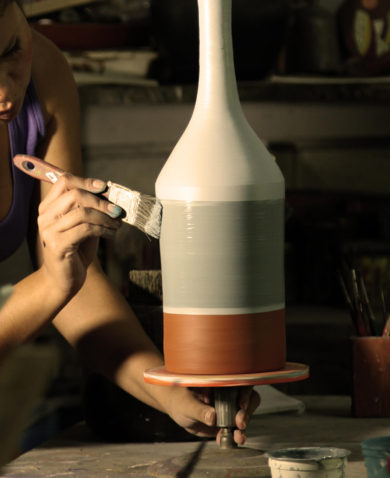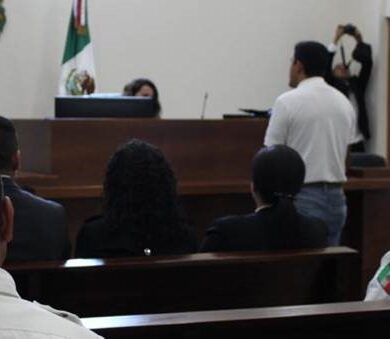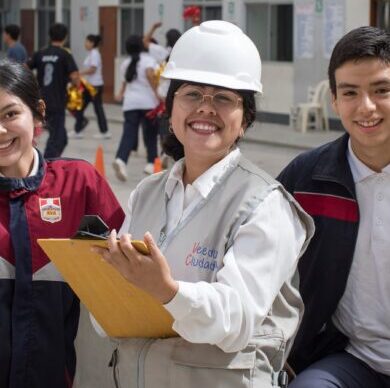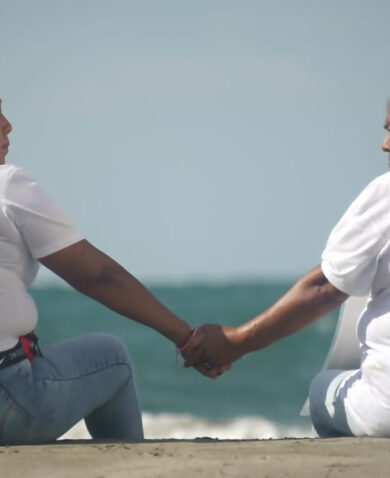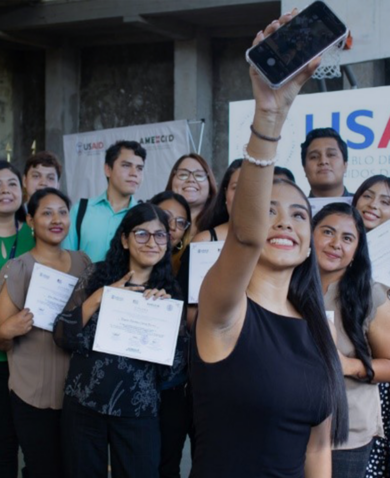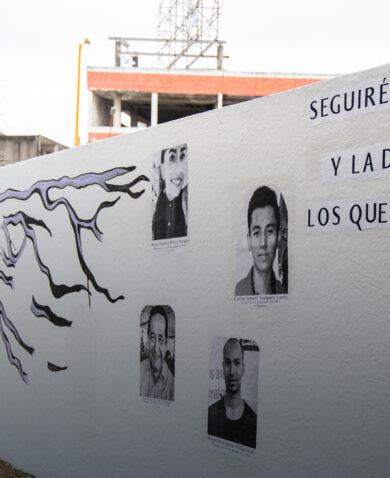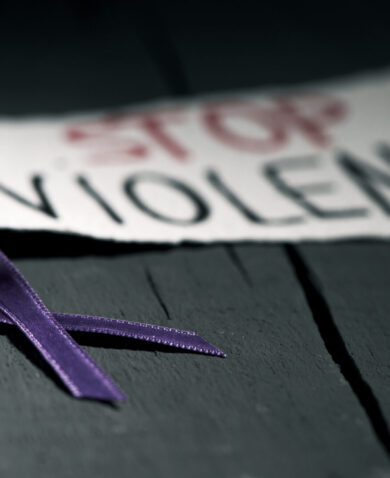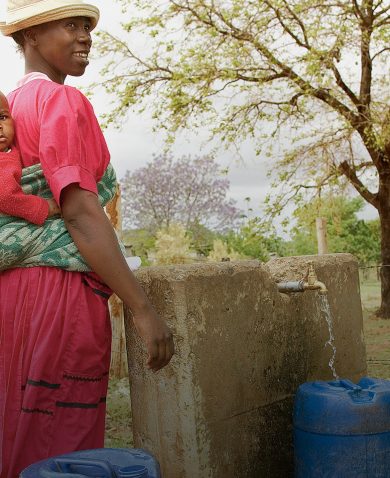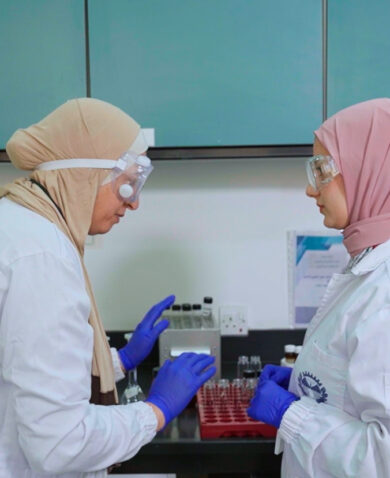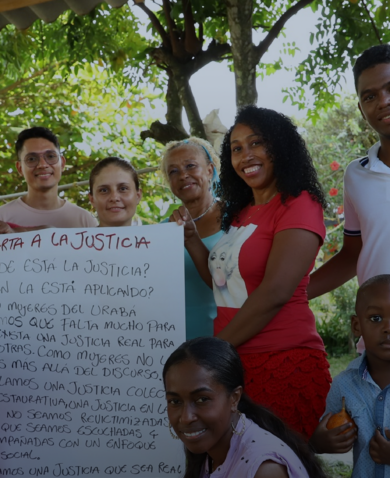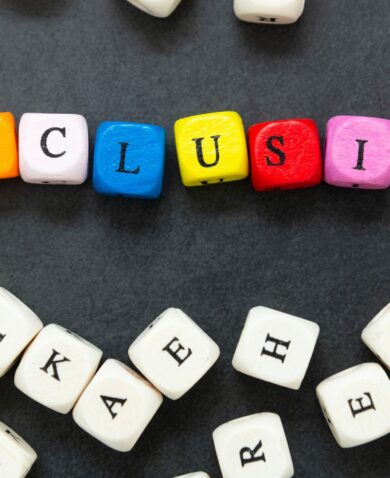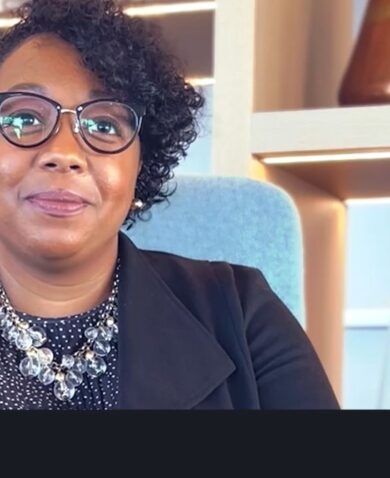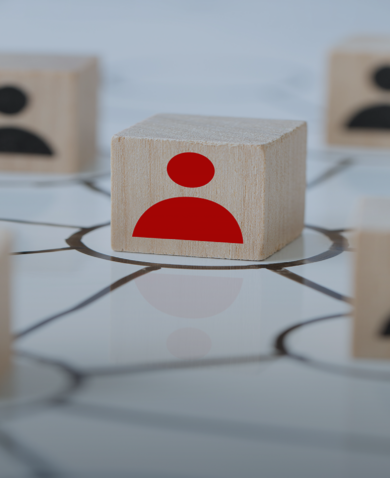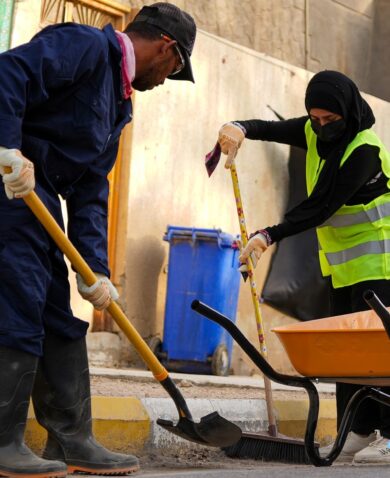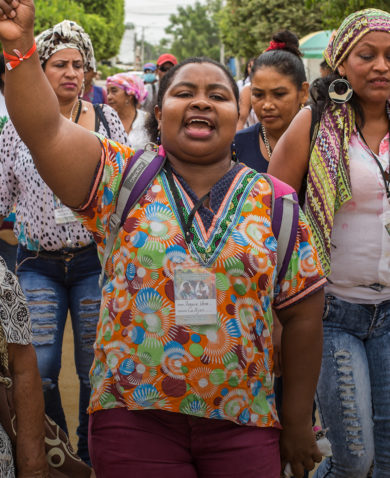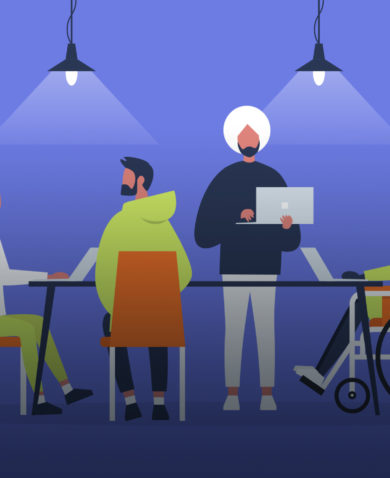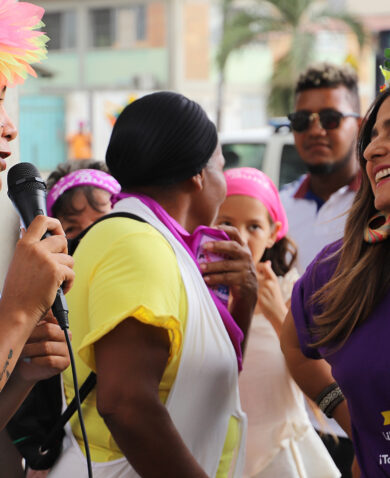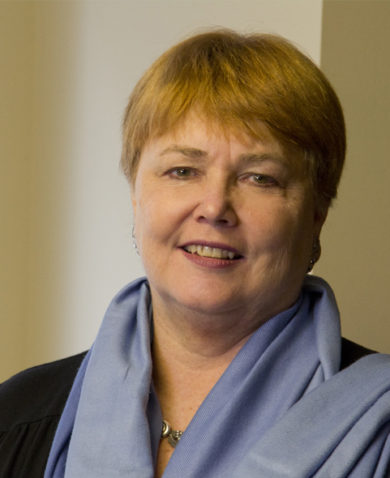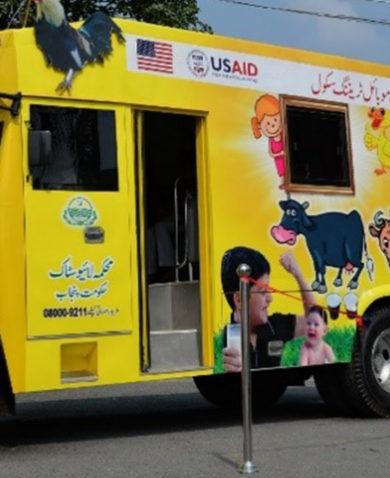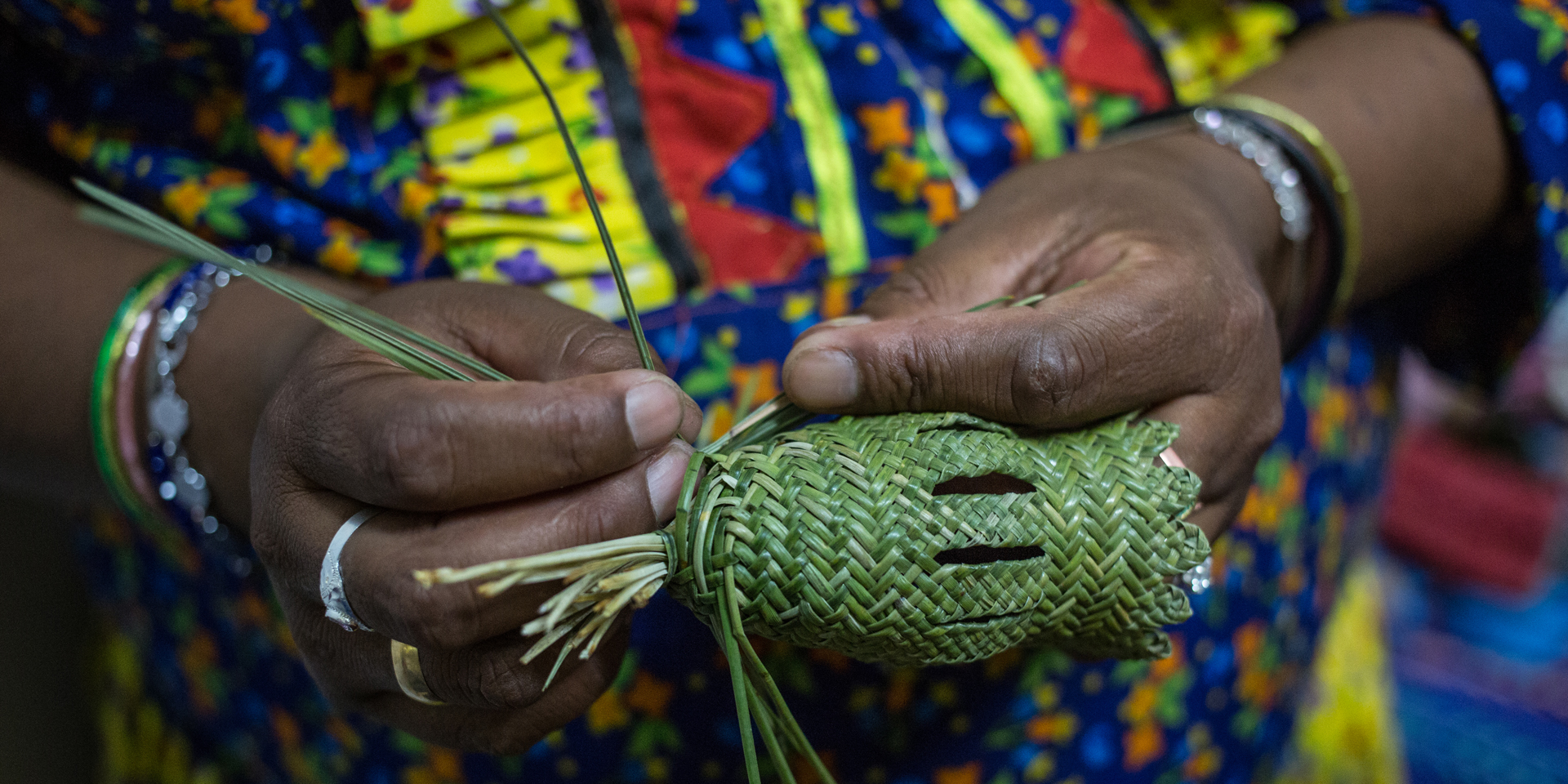
3 Questions with Cristina Hardaga: Advancing Human Rights and Women’s Rights in Mexico
December 9, 2016 | 2 Minute ReadIn honor of Human Rights Day, Cristina Hardaga discusses the importance of breaking down barriers so that all Mexican citizens have the opportunity to determine their own destinies.
Why is inclusion important for the development of Mexico?
Mexico is a culturally rich and diverse country with a wealth of natural resources, but also a very unequal country. The already large divide between poor and rich is even wider for women in poverty, who experience the worst development outcomes according to regular evaluations.
Being a woman in Mexico City is a different experience from being an indigenous woman in the mountain region of the state of Guerrero. Environmental conditions are different; life expectancy is different; risk of violence within families is different; and access to education, health, contraception, and justice is different. Opportunities for advancement are as unequal as the surrounding conditions. Today, being born in an impoverished region of Mexico determines a person’s destiny — especially for women.
Such is the importance of inclusion in Mexico: respect for human rights will only be a reality when barriers to access have been eliminated, diminishing the relevance of a person’s birthplace to their ability to determine their own destiny.
Without a doubt, feminist organizations and community leaders in Mexico have been essential in promoting these goals. A feminist vision has been key in incorporating strong notions of inclusion, equality, and human rights into both the national policy agenda and the national narrative.
As a result, human rights efforts in Mexico have grown more diverse and focused throughout the past decade. This is seen in current projects focusing on specific groups such as girls, boys, adolescents, the elderly, people with disabilities, LGBTI groups, women, and indigenous peoples. At the same time, organizations and the Mexican government have promoted the inclusion of cross-cutting efforts to guarantee that the design of public policy promotes the advancement of human rights for women.
What are the biggest challenges you have encountered while pushing for inclusive development?
A consistent challenge that we have identified is the gap between the theoretically simple actions for inclusion, and the complex practices of implementing inclusion. Making the leap from the desk to reality is the biggest test.
What lessons have you learned?
We have identified valuable experiences from civil society organizations as well as authorities within the Mexican government at the federal and state level. The most important lesson has been to build on previous mistakes and successes, and to take into account local experiences and knowledge. This can only be accomplished by promoting dialogue, collaborating closely, and sharing ideas in order to strengthen our project. Above all, the fundamental rule is respecting local context and needs, and listening closely to those who are promoting and defending their rights.
Photo credit: Ginnette Riquelme. Mural by artist Saner.

